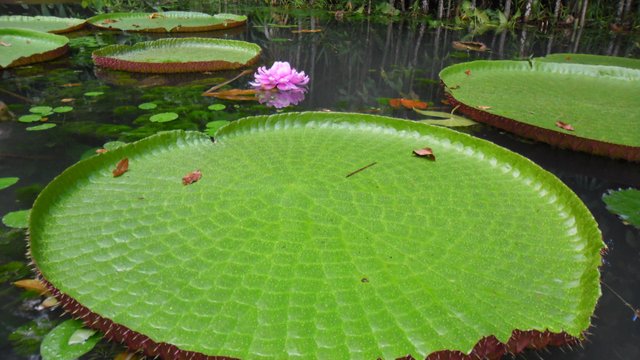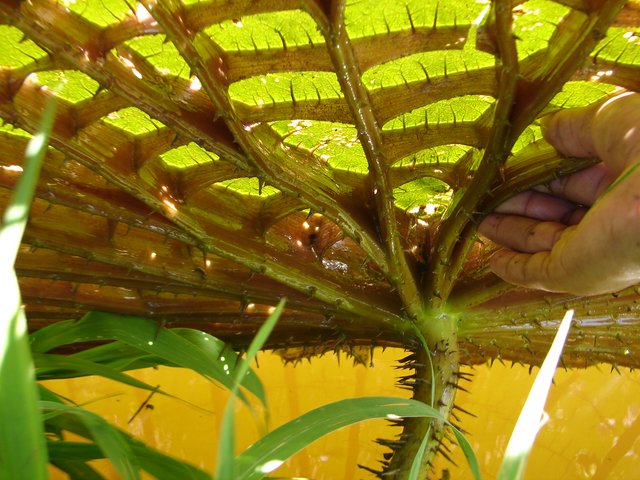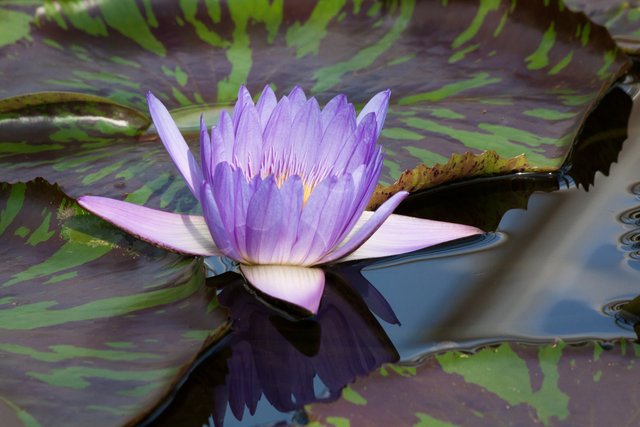Vitoria-Régia - The jewel of the Amazon
It is known by the name of victoria-regia one of the largest aquatic plants in the world. With an exuberant and ornamental aspect, it belongs to the Nymphaeceae family and is native to the Amazon region. It is endowed with huge circular leaves that can reach up to 8.2 ft in diameter. Its edges reach up to 0.32 ft and reveal a reddish, spiny bottom. It also has a remarkable floating capacity, due to a network of thick ribs and air compartments on its inner face. The surface of the leaf presents an intricate network of channels for the flow of water, which also assists in its ability to float, even in heavy rains.

Victoria-Regia
Victory is dependent on the floods of the Amazon River for its survival, because as the waters rise, its stems (petioles) grow, which are very long, reaching up to five meters in length. The high level of water allows the plant to live for about two years. If the water stays low, the plant can not survive.
The local indigenous people call it by the names of Uapé, Iapucacaa, Aguapé-assú, Jaçanã, or Nampé; the Guaraní Indians still call it Irupé. Its most popular name, however, comes from the initiative of an English researcher who brought the seeds to be planted in the gardens of the royal palace in London. There, the plant was named Vitória, named after the famous queen of the late nineteenth century.

Victoria-Regia seen from below
In addition to its outstanding beauty and scent, the root of victory-regal is a tuber resembling cassava (yam), rich in starch and mineral salts, and therefore is often consumed by locals. Its cultivation is delicate, and its development only happens in the middle of the equatorial heat, having still little tolerance to the cold.

Flower of Vitoria-Regia
Its flowers sprout in the months of January and February, and last for only 48 hours, opening only at night and presenting white colors on the first day and pink on the second and final day, with several layers of petals. Its petals can still reach up to a foot in diameter, and in the middle of them is a circular knob where a large quantity of seeds are located, which will deposit in the bottom of the water, every August. As they receive the action of the sun's rays, they bury themselves in the mud and harden. These seeds constitute a source of food for the Indians and also for the birds of the region. The latter, in fact, are responsible for spreading the seeds of victory-regal, thus perpetuating its existence.
And did you like this post? If you liked it, do not forget to vote, comment and resteem because this is a great incentive so I can produce more quality content. Thank you!